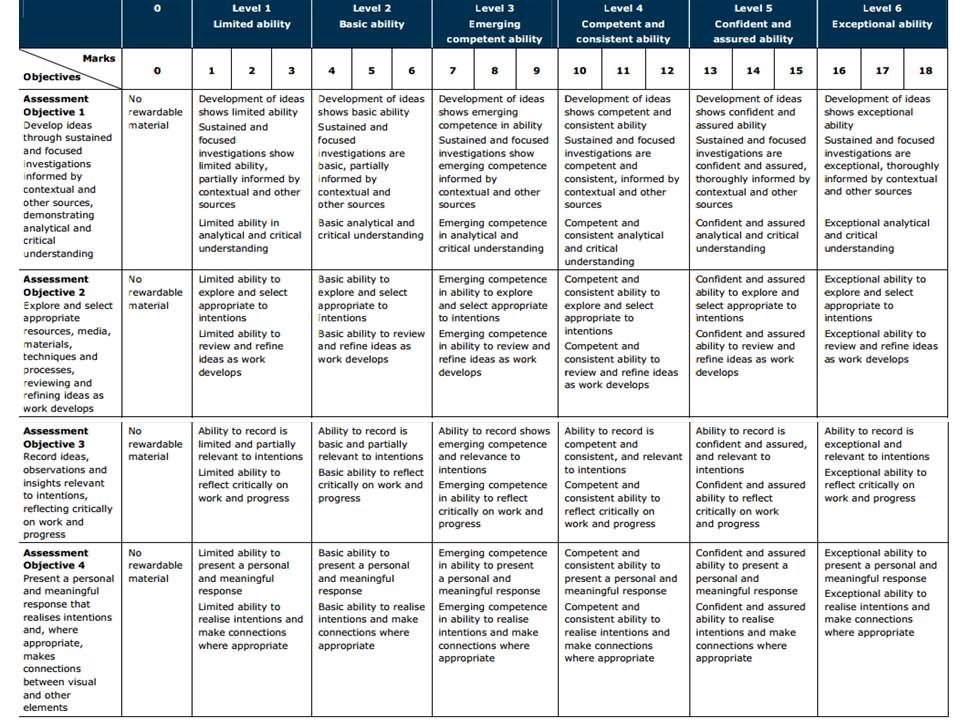Image 1-Choreography 9818, 2015

The photo is a montage of different images layered over one another to create one large abstract image. From the images I can make out I can see dancers, a mountain and windows. Each photos adds another texture turning the photo into a very layered piece. The transparent edges that can just be made out makes it look as if we are looking through glass. The inverted colors of the dancers alienates them as some of their body is not yellow like he rest of the image. This photo is like a piece of art, when looking at this I do not see a photo that has been captured in the moment, it’s a piece of art that has very carefully been put together. The imagery behind and in front almost mimics the dancer. Each edge and corner is sharp like the dancers posture that is very rigid and tense. There is also some curvature from the mountain behind that can also be found where the dancers hand meet as it is like a circle. I like this photo very much it very different to anything I have seen before. It looks as if a lot of thought has gone into the picture making sure meaning is a large part. At first glance it looks like a mess however when studying the photo it becomes to what the photographer was trying to convey. This photographer has done a whole line of works like this in a project called Choreography where he focused of mixing photos of dancers with either one or multiple landscapes.
Image 2 -Glass House 0469, 2009, 2009

This photo is from a collection of photos from the project called Glass House. Welling has multiple photos of this glass house from different seasons. James Welling has used color filters between the camera and the subject. Welling said he used the word ‘filter’ as a noun and a verb. In addition to plastic, colored filters, Welling used clear plastic, fogged plastic, clear glass, pieces of glass that were slightly uneven and tinted, and finally a diffraction filter that breaks light into the spectrum. The colors in this photo have been changed and have split the photo into two. The top half red and the bottom orange. The house is slightly off center and surrounded by trees. The change in color matches the change in seasons. Brighter colors are used in lighter seasons and darker colors are used in seasons like winter and Autumn. I like this photo and have used it as inspiration for one of my shoots. I have used different colors to show a spirituality and how certain colors can make a person feel different things.








 After researching more about the photo book illuminance I came across an article by
After researching more about the photo book illuminance I came across an article by